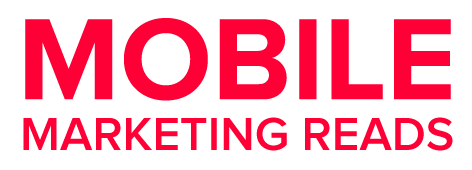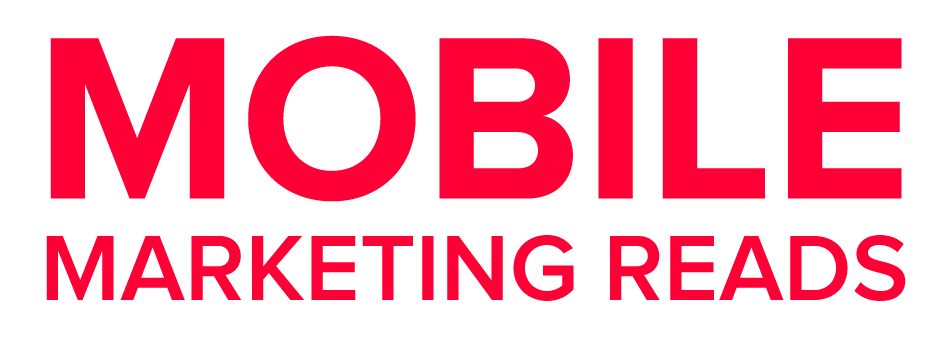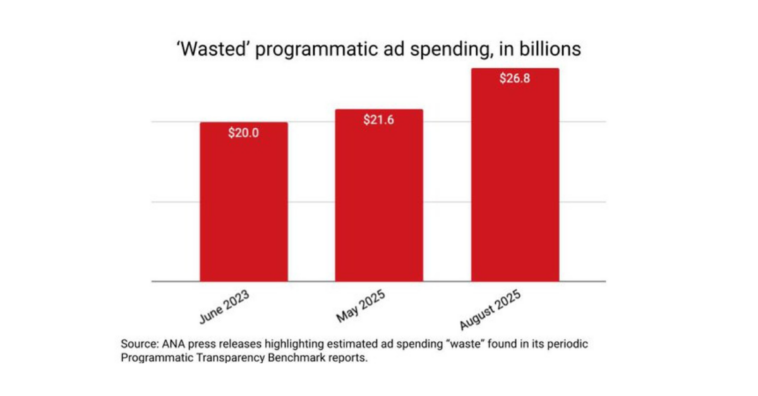Programmatic advertising continues to grow as a cornerstone of digital media buying, but new data shows that inefficiencies remain a costly challenge. According to the Association of National Advertisers’ (ANA) latest Programmatic Transparency Benchmark Report, wasted ad spend has risen 34% in just two years, climbing from $20 billion in 2023 to $26.8 billion in 2025.
The report highlights a paradox for marketers. While progress has been made in areas such as reducing waste on made-for-advertising (MFA) sites and streamlining supply paths, overall efficiency has declined. The ANA found that less than half of every dollar spent programmatically in the US effectively reaches a real audience. Invalid traffic, high transaction costs, and persistent brand safety risks continue to drain budgets and erode trust in the system.
Some improvements are noteworthy. MFA sites, which once accounted for nearly two-thirds of wasted spend, now represent less than 1% on a median basis. Advertisers have also benefited from concentrating more spend on premium publishers and connected TV inventory, which has delivered better performance. Yet these gains have not offset inefficiencies elsewhere in the supply chain.
The ANA’s proprietary metrics reinforce this decline in productivity. The TrueAdSpend Index, which measures the proportion of spend reaching working media, dropped from 41.0 in Q1 2025 to 37.0 in Q2. Similarly, the TrueCPM Delta—the gap between the cost per thousand impressions and cost per thousand true impressions—remains high at 36.5%. Transaction costs, meanwhile, continue to absorb more than a quarter of total spend.
Industry leaders stress that greater transparency and optimization remain urgent priorities. “The gains we’re seeing in MFA reduction and supply path curation are encouraging, yet the billions in unrealized value and dip in efficiency make it clear that optimization and transparency must remain top priorities,” ANA CEO Bob Liodice said in a statement.
To help advertisers address these inefficiencies, the ANA has launched a new Online Benchmark tool. Available to ANA and TAG (Trustworthy Accountability Group) members, the tool is designed to help marketers quickly spot inefficiencies, track progress, and make more informed investment decisions without waiting for quarterly updates.
Experts argue that fixing programmatic inefficiencies requires both systemic and tactical changes. Structural complexity in the supply chain often leads to costs that outweigh value, while marketers’ reliance on proxy metrics like click-through rates or platform-attributed conversions can mask true performance. Without clear visibility into incremental business impact, budgets risk being misallocated.
One approach gaining traction is incrementality testing, which allows marketers to isolate the true lift generated by campaigns through controlled experiments such as geo-based holdouts. Feeding these insights into Causal Media Mix Models can help brands distinguish between spend that drives genuine growth and spend that simply captures conversions that would have happened anyway.
While tools like the ANA’s new platform may accelerate transparency, industry analysts warn that data access alone will not solve the problem. Continuous optimization, stronger verification, and balancing automation with human oversight will be key to reducing waste and ensuring programmatic’s long-term viability.







Comments
Loading…